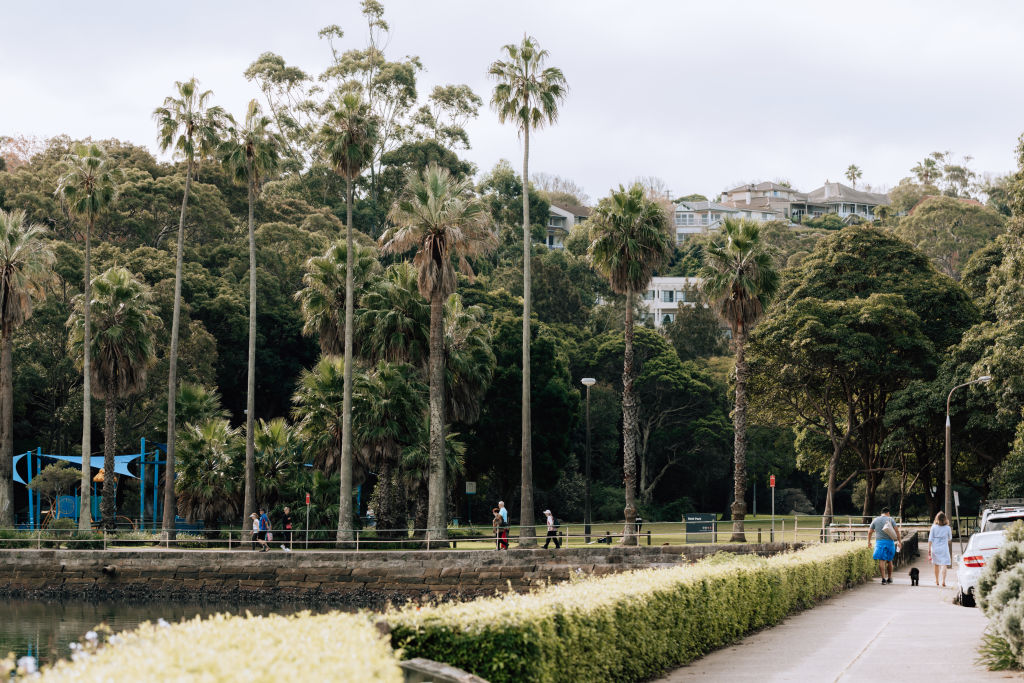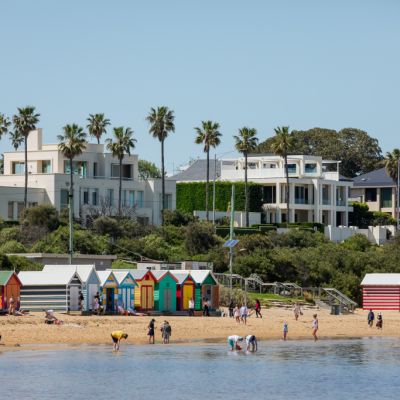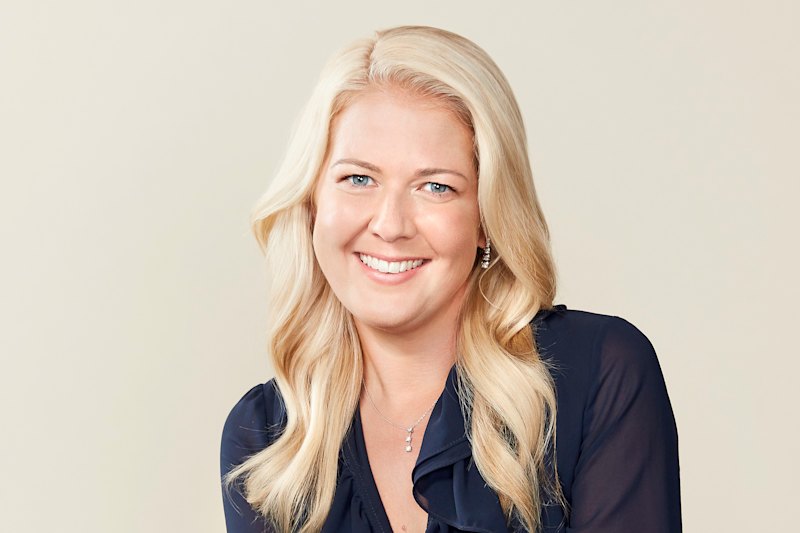'Missed window of opportunity': A look back at 2022 for property investors
While some investors went on residential investment splurges this year – look no further than one of Australia’s richest men, Atlassian co-founder Mike Cannon-Brookes and his wife Annie, who bought a swathe of luxury properties – many others sat tight.
They started 2022 well, with the investor share of the market rising from record lows of around 23 per cent in early 2021 to nearly a third, according to Australian Bureau of Statistics data.
However, numbers later fell off as interest rates continued to rise, borrowing restrictions increased and investors sold.
“But it was still better this year than in 2021, when investors were having to deal with high property prices and competition from emotional home-buyers,” says Property Investment Professionals of Australia chair Nicola McDougall.
“This year clearly saw a market moderation across the nation, so lower price points and lower home-buying activity were favourable to investors. But many have sold out of their properties over the last two years to realise price gains.
“We’re now seeing a shortage of rental properties and rising rents.”
With the prospect of even higher interest rates curbing the number of competing owner-occupier buyers, cashed-up investors should do well next year with those high rents, record-low vacancy rates and recovering yields as prices continue to soften.
Capital-city unit prices are down 3.9 per cent from their peak in December 2021, on Domain figures.
“Investors should be researching those areas, whether in capital cities or regions, that have good market fundamentals for the best outcomes,” McDougall says.
Metropole Property Strategists chief executive Michael Yardney sees the squeeze on household incomes and higher interest rates pointing to property markets becoming much more fragmented moving forward.
As a result, capital growth will be dependent on local factors including demographics, gentrification, neighbourhood quality and local wage growth.

“I believe demographics – such as population growth, family formation, how we want to live and where we want to live – as well as the wealth of the nation will be the main long-term drivers of our property markets,” Yardney says.
“They will be much more important than the short-term fluctuations created by interest-rate rises, inflation or government intervention.
“When looking back on the last few months of 2022, many investors will see this as a missed window of opportunity because consumer confidence is low and many prospective homebuyers and investors are sitting on the sidelines.
However, I believe early next year many prospective buyers will realise that interest rates are near their peak, and inflation will have peaked and be under control.
“And, at that time, pent-up demand will be released as greed [the fear of missing out] overtakes fear [the fear of buying early], as it always does, and the property cycle will move on.”
National investment property buyer’s agent Ben Plohl of BFP Property Buyers is tipping units in small boutique blocks in blue-chip areas of Sydney, like Balmain, Mosman and Cremorne.
“We’re starting to see glimpses of improvement in terms of pricing,” he says. “There are good opportunities to get into that market and take a punt on future growth.
“Also, blue-chip parts of Adelaide are still performing quite strongly and the market hasn’t been impacted as much by the downturn as Sydney, Melbourne or Brisbane.
“We’re also seeing good results in cities like Newcastle, with free-standing homes within a five-kilometre to seven-kilometre radius of the centre from $800,000 to $1 million. In many markets, rents are still growing and under-supply is an issue.”
We recommend
We thought you might like
States
Capital Cities
Capital Cities - Rentals
Popular Areas
Allhomes
More










